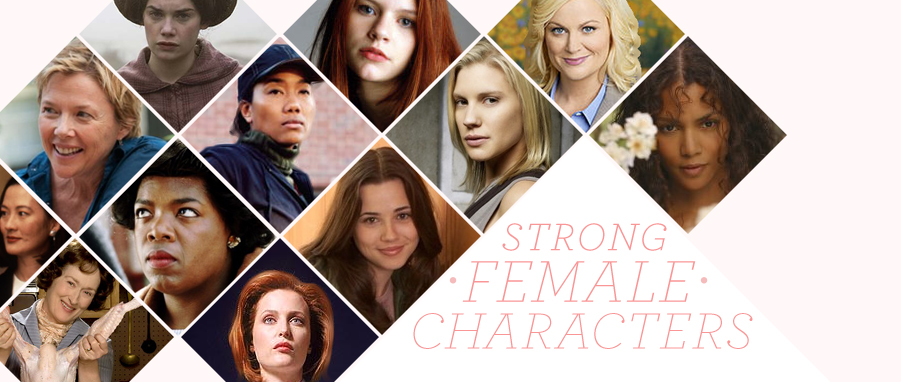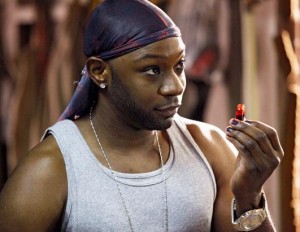Last week marked a historic turning point for the LGBT community in America, with the Supreme Court’s decisions on DOMA and California’s Prop 8 paving the way for greater equality in marriage, and possibly in general. It wasn’t entirely shocking, as polls have shown a steadily increasing support throughout the country for gay marriage over the last several years: over half of Americans now support it. At the same time, the sheer rapidity of this acceptance is noteworthy. Ten years ago, pro-equality Americans were in the minority, and gay marriage seemed like a distant dream. Now, as long as things continue as they have been going, it’s more a question of when than whether. To me, it seems like partial validation of my (and this column’s) underlying theory that media—particularly positive media portrayals—can go a long way in shaping our society’s understandings of minority groups. This is not to say 1) that the LGBT community has achieved all of its goals or “made it”, or 2) that LGBT representations in TV and movies are not often problematic. But familiarity, kind of, breeds acceptance. As one-dimensional or stereotype-y gay characters often are, their very presence banishes the alternative: the shadowy negative archetype that might otherwise persist in sheltered people’s minds.
When did the sea change begin? First: remember when Ellen Degeneres coming out was a huge deal? She was on the cover of Time magazine. Her sitcom struggled with this new plot twist, and was eventually canceled. Her burgeoning (?) movie career (including a romantic-ish comedy called Mr. Wrong) kind of stopped. Over the course of the 2000s, however, she’s made a major comeback and is now one of the absolute queens of daytime TV.
In the meantime, a whole crop of other “gay” shows has hit small-screen success. “Will & Grace” (which even Joe Biden noted as an influencer of American opinions on LGBT issues), “Queer Eye for the Straight Guy” and everything on Bravo since, “Glee,” “Modern Family,” “Grey’s Anatomy,” “The New Normal.” Also, the coming out of mainstream, broad-appeal celebrities like Neil Patrick Harris and Anderson Cooper. LGBT characters and people became, in a way, normative. What would have been shocking to middle American sensibilities in 1990 was required viewing by 2010.
Not to say there aren’t problems with the ways that many of these shows represent gay characters. The gay stereotype of the flamboyant, effeminate white male who loves Broadway, fashion and tiny dogs, and who has the bourgeois upper middle class budget to indulge such hobbies, is, maybe, overrepresented in media—any other “type” of gay character is underrepresented. There should be more gay characters of color. There should be more lesbians (that aren’t there just to generate ratings amongst hetero male viewers), as well as bisexual and transgender characters—you know, the L, B, and T that are usually overshadowed by the G. There should also be LGBT characters with a range of personalities and interests that don’t reinforce our gendered notions of how gay men and women “should” act.
That's the second part of my theory, I guess: first, representation. Then, range.
For now, though, here’s to Kurt, Blaine, and Santana from “Glee,” Cameron and Mitchell from “Modern Family,” Callie and Arizona from “Grey’s Anatomy,” Will and Jack from "Will & Grace," Willow and Tara from "Buffy the Vampire Slayer," Xena and Gabrielle from "Xena: Warrior Princess," Lafayette, Jesus, and Tara from “True Blood,” and all the others who have, in their own, potentially small way, helped LGBT identities become mainstream.
In fact. Can I double thank Lafayette? Because he’s one of my favorite things on TV.
Who are some of your favorite LGBT characters and TV personalities? Have they changed the way you think about LGBT issues?


